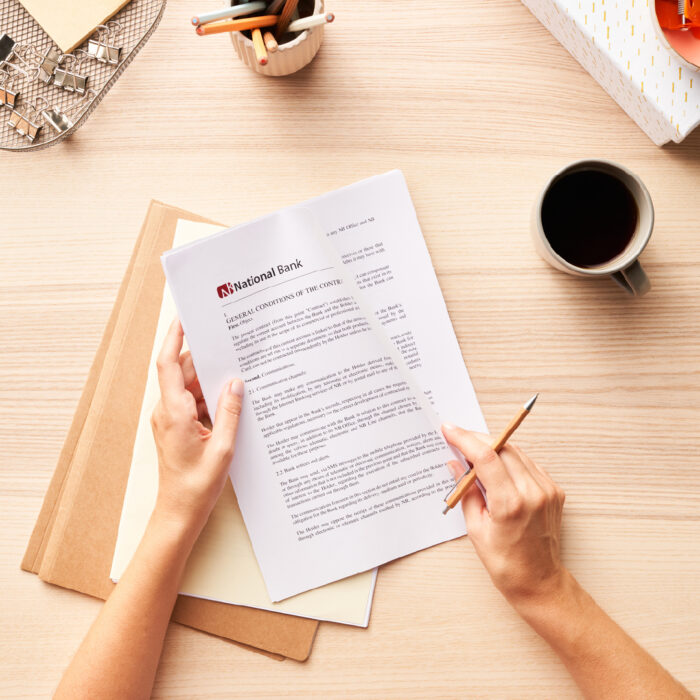In a perfect world, every business could charge one single sales tax rate on all products and services to all customers. (Or there would be no sales tax at all, but that world wouldn’t be so perfect for states and local areas who rely on sales tax to fund their budgets.)
Unfortunately for online retailers, the US has more than 14,000 taxing jurisdictions. And sales tax is almost always charged at the buyer’s ship to address.
That means an online retailer gets to choose from more than 14,000 different possible sales tax rates when figuring out how much sales tax to charge a customer. And every retailer can be forgiven for wondering: “Am I charging the right amount of sales tax to my customers?”
How sales tax rates work
Forty-six states and the District of Columbia all have a state-wide sales tax.
Sales tax rates can be made up of a variety of factors:
State sales tax rates
With the notable exception of Alaska, each state with a sales tax has a statewide sales tax rate. States use sales tax to pay for budget items like roads and public safety. The state sales tax rate is the rate that is charged on tangible personal property (and sometimes services) across the state. These usually range from 4-7%. For example, the state rate in New York is 4% while the state sales tax rate in Tennessee is 7%.
In some states, the sales tax rate stops there. There are nine states that don’t have local sales tax rates, so if you make a sale to a buyer in one of those states (Ex: Connecticut) then you’d just charge them the Connecticut state sales tax rate of 6.35%.
Local and district sales tax rates
The other states, though, also allow local areas to set a sales tax rate. In this case, you may collect a state sales tax rate, but also a percentage set by the county, city or other taxing district.
Just like states use sales tax to pay for public safety, etc. so do local areas. They may raise sales tax if they’re in a budget crunch, or join with several surrounding areas to create a special, limited time sales tax to pay for a publicly-funded venture, like a school, park, public transit option, highway or regional hospital.
All of these taxes combined is why the US has more than 14,000 different sales tax districts.
When looking up a sales tax rate, you may notice several different rates all go into that wonky-looking percentage.
Example: Longmont, Colorado’s total sales tax rate is 8.52%. But that rate is made up of many different rates, like:
| Colorado State Rate | 2.9% |
| Boulder County Rate | 0.99% |
| City of Longmont Rate | 3.53% |
| Denver Regional Transportation District Tax | 1% |
| Scientific and Cultural Facilities District Tax | .1% |
| Total Longmont Sales Tax | 8.52% |
As you can see, buyers in Longmont, CO pay not just state, city and county sales tax rates but also two separate district taxes.
Consequences of charging the wrong amount of sales tax
Well, that’s complicated. So what happens if you get a sales tax rate wrong?
Consequences of undercharging sales tax
There are many ways to undercharge sales tax. Perhaps you only charge the state or county rate and don’t realize there are also local city rates or special taxing districts. Or perhaps you don’t realize you need to be charging sales tax at all and only find out when it comes time to reckon with the tax collector.
If you undercharge sales tax, the rest of the sales tax you should have charged comes out of your pocket. In one scenario, say you realize you haven’t been collecting the right amount of sales tax this quarter, you are required to make up the difference out of pocket when filing and paying your sales tax return. Depending on the size of your business, this can be a hard hit to your business’s bottom line.
However, if you have been undercharging sales tax (or not charging sales tax at all) for years, then this fact may be caught when your business conducts a sales tax nexus study, or worse, in a sales tax audit by a state. Worried you haven’t been collecting enough sales tax? We recommend speaking to a vetted sales tax professional and potentially pursuing a Voluntary Disclosure Agreement (VDA).
Consequences of overcharging sales tax
While not generally as potentially damaging to your business’s bottom line as undercharging sales tax, overcharging sales tax comes with its own set of issues. For one, your customer may notice that they paid more sales tax than required and complain to you or about you.
Even if your customers don’t notice and complain, a business is still required to either refund over collected sales tax or turn that amount into the state. In fact, charging sales tax without a sales tax license from a state or charging too much sales tax and pocketing the excess can even lead to criminal charges.
How to charge the right amount of sales tax, every time
The consequences for charging the wrong amount of sales tax are no fun at all. But that’s where TaxJar comes in.
If you are afraid you have overcharged, services like TaxJar Reports can link to your online shopping carts and payment platforms and show you how much sales tax you did collect versus how much sales tax you should have collected.
And if you are ready to get and stay sales tax compliant and charge the right amount of sales tax from every customer, every time, TaxJar API is your solution.
With the TaxJar API, all you have to do is tell us one time what your product is, and we handle the rest. We ensure you collect the right amount of sales tax on every item, in every state, every time. We also take into account things like periodic sales tax rate changes and temporary sales tax holidays.
TaxJar’s sales tax API clocks in at sub-20ms with 99.99% uptime, which means that your customers instantly see accurate tax data in their checkout view. Our sales tax API and calculation engines scale seamlessly, maintaining the same speed and reliability no matter how many transactions are processed at once.
Ready to stop worrying about products taxed at different rates in different states and start automating sales tax? To learn more about TaxJar and get started, visit TaxJar.com/how-it-works.



